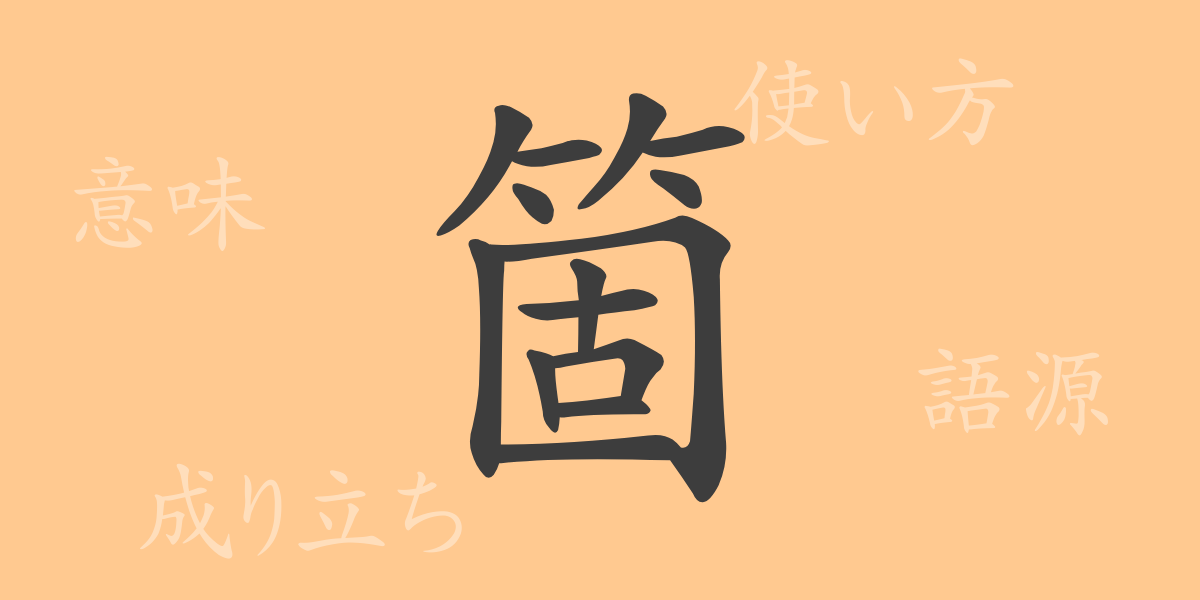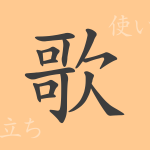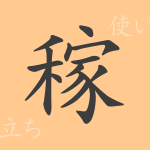The meaning and allure of a single Kanji character are deeply rooted in its shape and history. The commonly used Kanji in Japan carry within them a rich culture and history, even within their everyday use. In this article, we’ll focus on one such Kanji, “箇” (Ka), exploring its origins, meaning, usage, and even its pronunciation and number of strokes in detail. By learning about the background and usage of this Kanji, which we frequently encounter in daily life, you can deepen your understanding of the Japanese language.
The Origins of 箇 (Kanji Etymology)
The Kanji “箇” (Ka) was originally used often as a counter word for counting items. This character consists of “⺮” (たけかんむり)(Takekanmuri)and “个” (こがまえ)(Kogamae). From the image of bamboo with many nodes, the meaning of counting individual items separately arose, which is considered the etymology of “箇” (Ka).
The Meaning and Usage of 箇
“箇” (Ka) is primarily used as a unit for counting. As a counter word, it is used to count things one by one, as in “一箇” (いっか)(Ikka), “二箇” (にか)(Nika), and so on. It is also used to specify locations or positions as in “箇所” (かしょ)(Kasyo). Furthermore, this Kanji is used in listing items, as in “箇条書き” (かじょうがき)(Kajyouga-ki).
Reading, Number of Strokes, and Radical of 箇
Let’s take a closer look at the pronunciation, number of strokes, and radical of the Kanji “箇” (Ka).
- Reading: The on-reading is “か” (Ka), and there is no particular kun-reading.
- Number of Strokes: It has a total of 14 strokes.
- Radical: The radical is “⺮” (たけかんむり)(Takekanmuri).
Phrases and Proverbs Using 箇 and Their Meanings
There are numerous phrases, idioms, and proverbs that include “箇” (Ka). Let’s look at some examples below.
- 箇条書き (Kajyouga-ki) – Listing items or matters with bullet points.
- 箇所 (Ksyo) – A word referring to a location or place.
- 一箇所 (Ikkasyo) – One place or point.
- 数(Suu)箇所 (Suukasyo) – Multiple places or points.
- 箇月 (Kagetu) – Used to count a certain number of months.
Summary of 箇
The “箇” (Ka) introduced today is a highly practical Kanji in the Japanese language, used in various situations as a counter word and to indicate places. This 14-stroke Kanji, characterized by its bamboo radical, has been cherished in Japanese culture and language for its shape and meaning. When you come across “箇” (Ka) in your daily life, remembering its background and usage can allow you to appreciate the depth of the Japanese language even more.

























